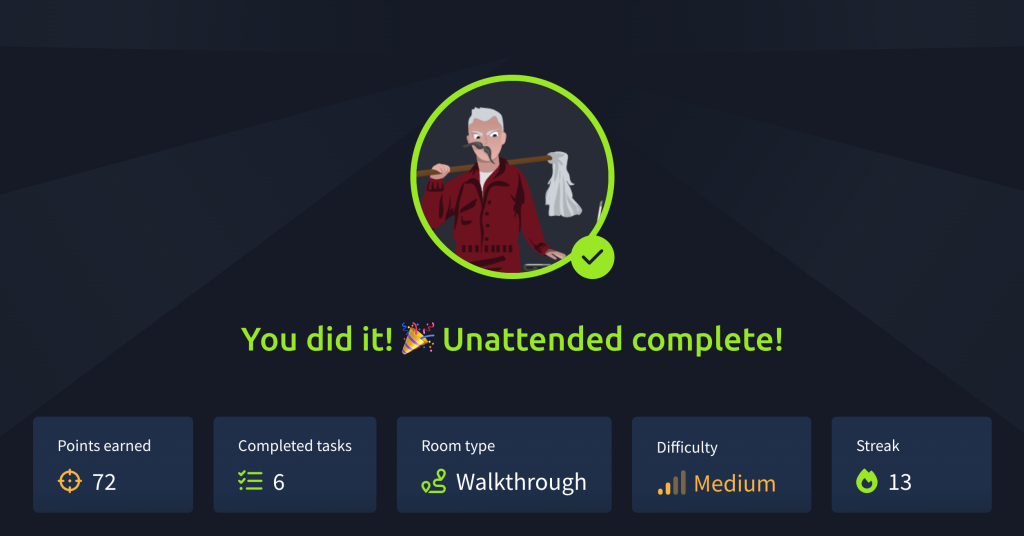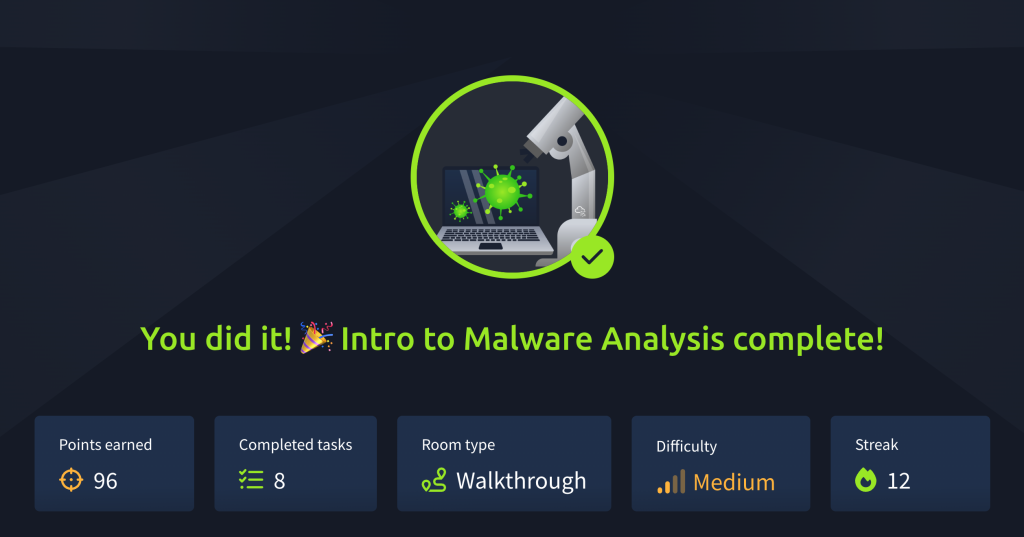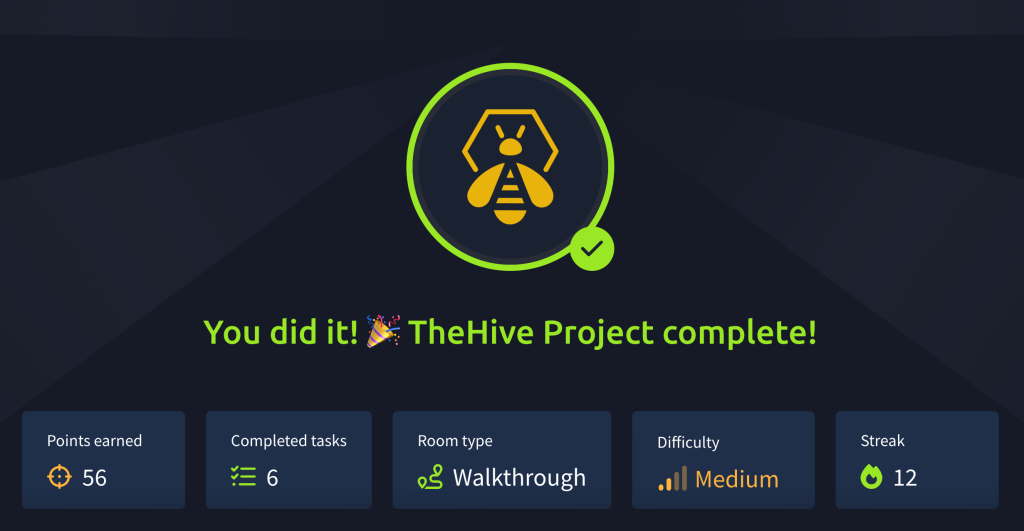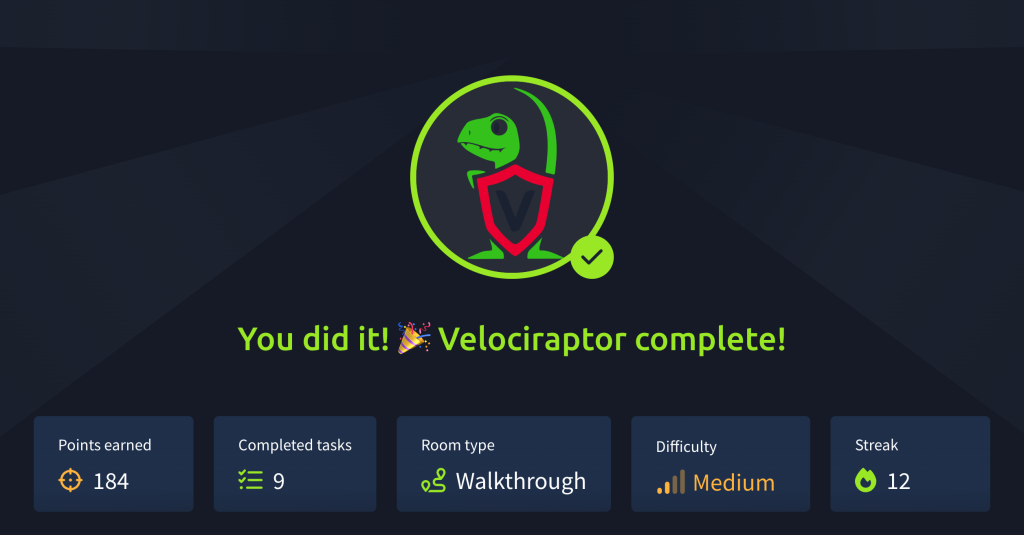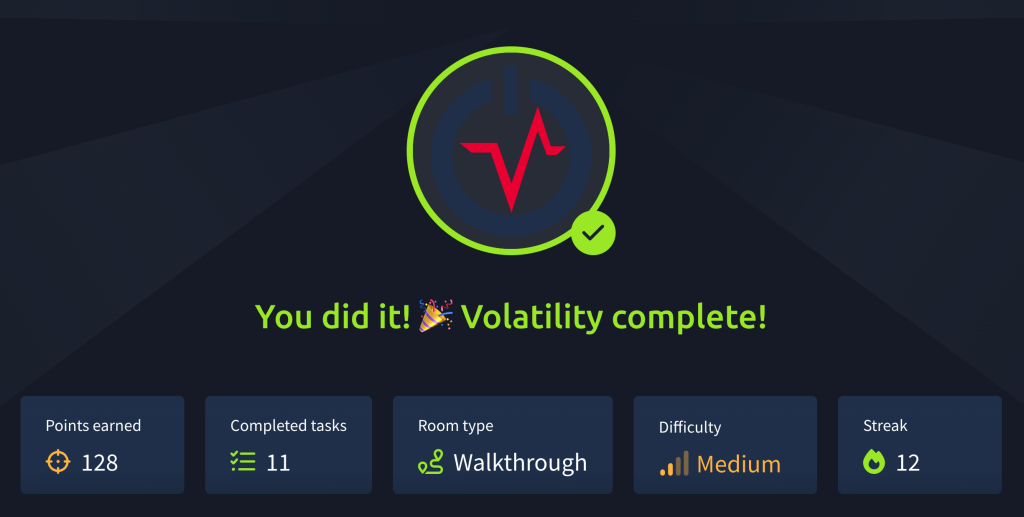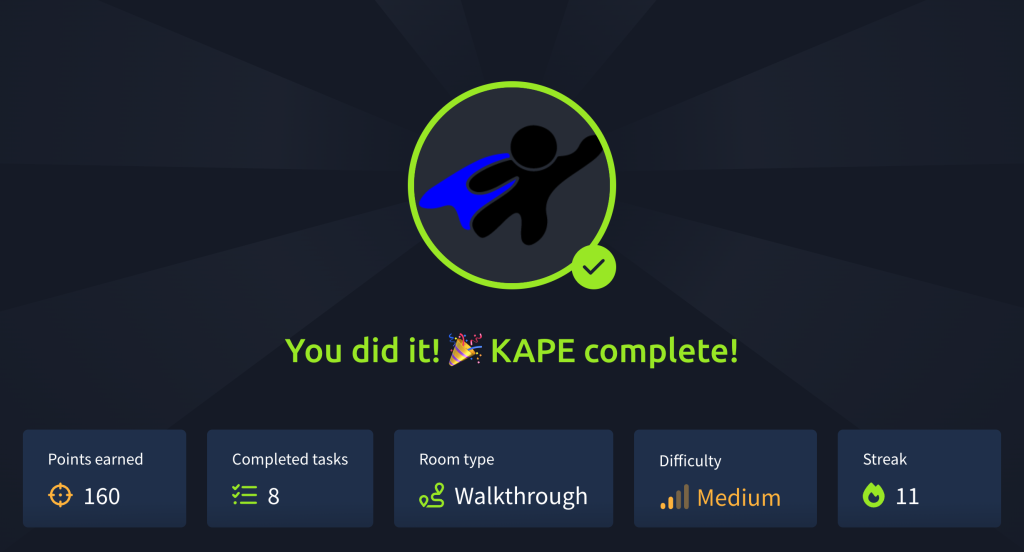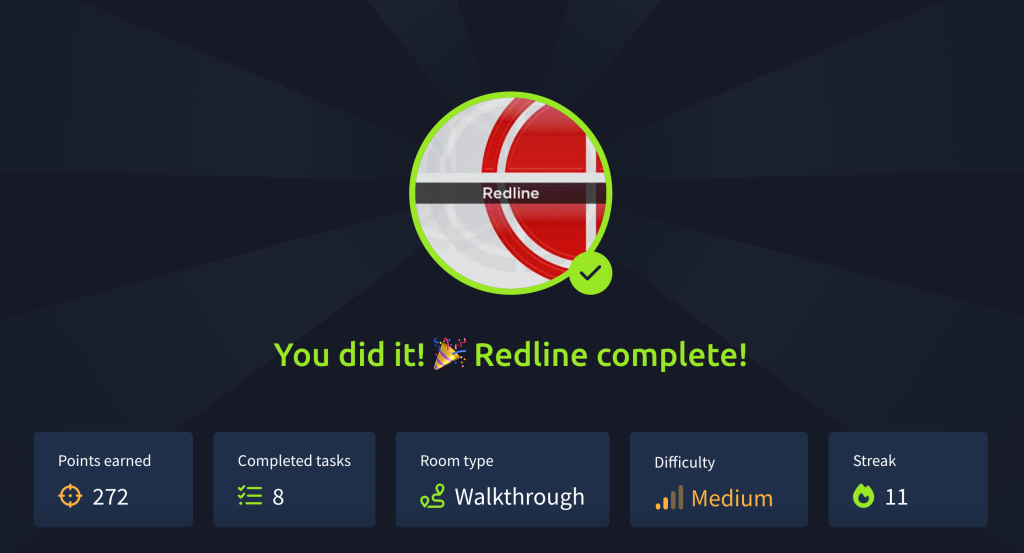Digital Forensics and Incident Response – Disgruntled on TryHackMe
The Disgruntled room places you in the role of a digital forensic investigator tasked with uncovering traces left behind by an unhappy employee. The challenge involves combing through Windows artifacts to identify suspicious activities, uncover deleted or hidden files, and piece together the motive behind the insider threat. By working step-by-step, you learn how forensic […]
Digital Forensics and Incident Response – Disgruntled on TryHackMe Read More »
